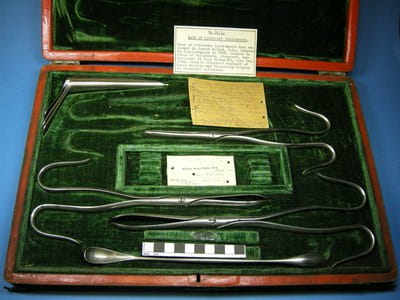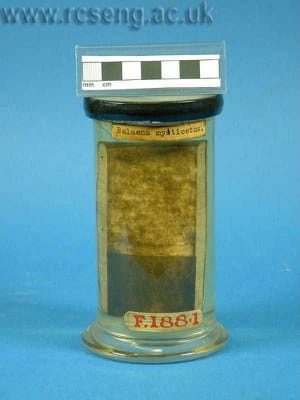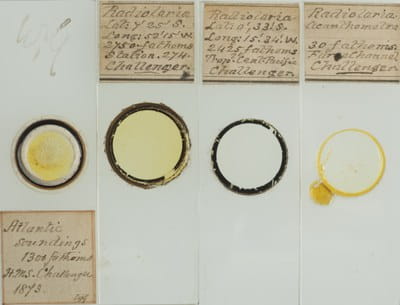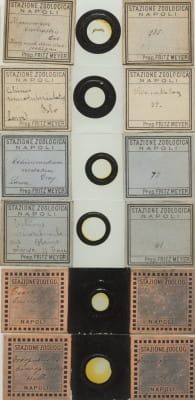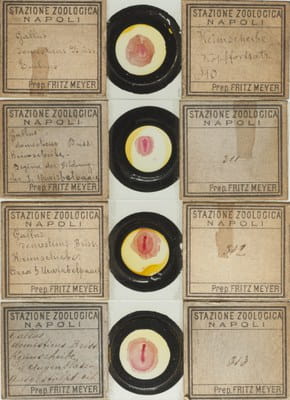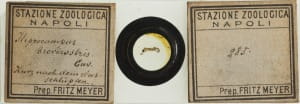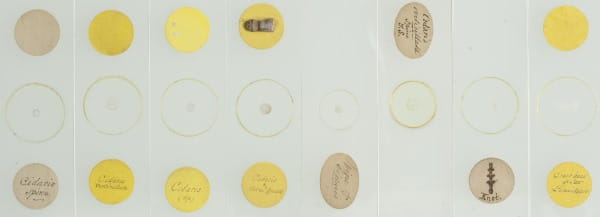Naval Surgeons and Marine exploration in the 19th century
31 Jul 2015
Emmy Bocaege
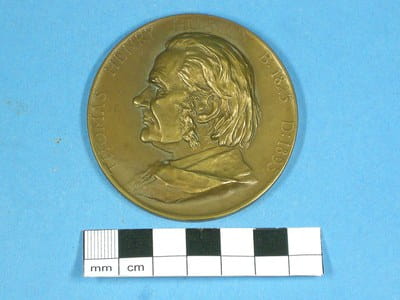
From the late 18th century, naval surgeons and assistant surgeons often worked as naturalists on Royal Navy ships which were on scientific missions to map newly discovered regions. One such assistant surgeon was Thomas Henry Huxley (1825–1895), who passed the College’s “fitness” certificate in 1846 and went on to study marine invertebrates on HMS Rattlesnake. (Right: the Thomas Huxley Medal.)
The naval surgeons’ duties included carrying out amputations and trephinations, as well as treating genitourinary diseases, including venereal diseases and bladder stones (for more information on Royal Navy Surgeons see The National Archives: Surgeons at Sea). In addition to their medical duties, the surgeons often assisted Captains with collecting and describing zoological, botanical and geological specimens from various countries, such as the fluid-preserved skin from a bowhead whale (Balaena mysticetus) sent by John Edwards, surgeon to Captain John Ross’ polar expedition of 1818. (Below: case of lithomy instruments; skin from a bowhead whale.)
During some of the early voyages, oceanographic observations were carried out, such as the determination of the depth and nature of the bottom of the ocean at multiple locations, for example during the Ross 1818 expedition (Quekett Journal of Microscopy, 2011, 41: 531 -542) and dredging studies to assess the distribution of life in the Mediterranean from HMS Porcupine. (Below: photographic slides from HMS Porcupine and HMS Challenger.)
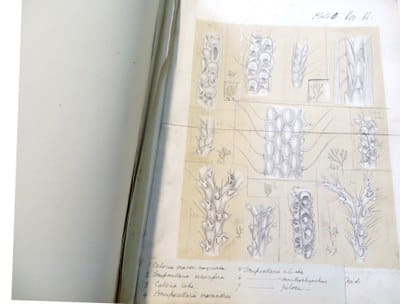

During our on-going Collection Review, we have discovered that Charles Stewart (1840-1907), Conservator of the Hunterian Museum, had a keen interest in marine biology. In a recent survey of his microscope cabinet, we found various Stazione Zoologica slides, as well as various slides linked to his discovery of respiratory organs in the genus Cidaris. (Below: Stazione Napoli slides (a, b and c); Cidaris.)
For more re-discovered jewels from the RCS, follow us on Twitter (@HunterianLondon #collectionsreview) where we’ll be sharing treasures from our library, archive and museum collections.
Dr Emmy Bocaege, Collections Review Assistant

